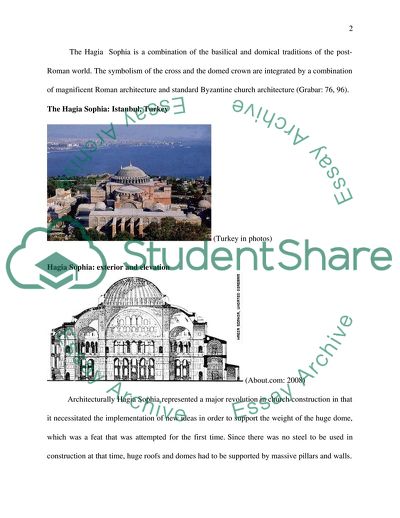Cite this document
(The Hagia Sophia Dome Case Study Example | Topics and Well Written Essays - 1250 words, n.d.)
The Hagia Sophia Dome Case Study Example | Topics and Well Written Essays - 1250 words. https://studentshare.org/engineering-and-construction/1713366-the-hagia-sophia-dome
The Hagia Sophia Dome Case Study Example | Topics and Well Written Essays - 1250 words. https://studentshare.org/engineering-and-construction/1713366-the-hagia-sophia-dome
(The Hagia Sophia Dome Case Study Example | Topics and Well Written Essays - 1250 Words)
The Hagia Sophia Dome Case Study Example | Topics and Well Written Essays - 1250 Words. https://studentshare.org/engineering-and-construction/1713366-the-hagia-sophia-dome.
The Hagia Sophia Dome Case Study Example | Topics and Well Written Essays - 1250 Words. https://studentshare.org/engineering-and-construction/1713366-the-hagia-sophia-dome.
“The Hagia Sophia Dome Case Study Example | Topics and Well Written Essays - 1250 Words”. https://studentshare.org/engineering-and-construction/1713366-the-hagia-sophia-dome.


